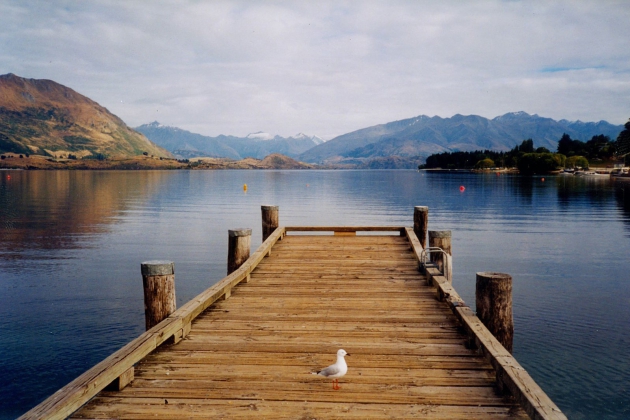With more than 30 years’ experience in the residential and commercial water treatment space, Mark Nelson is a Class 1 Drinking-Water Operator and a CBWA (Canadian Bottled Water Association) Certified Plant Operator. As founder and president of Nelson Water in Ottawa, Mark focuses on dealing with challenging water treatment system designs for problem water. He also heads the largest water bottling plant in the city of Ottawa with a delivery network throughout the Valley.
Most of us are aware that there are some great health benefits of drinking lots of water, but it is essential that you’re drinking clean, contaminant free water. So, here we’ll explore the common contaminant threats that could be compromising your rural water supply.
Tannins
Tannins are associated with earthy odours, a bitter taste and a tea like tint to water supplies. Tannins are an organic material that is created when decomposing vegetation enters your well water. Although small amounts of tannins are considered safe to drink, the odd colour, taste, and smell can make the water unpalatable. Additionally, if your water is contaminated with tannins, it can leave yellow staining on your dishes, household fixtures and laundry that can be difficult to remove. The easiest solution to address tannin contamination is to use a filtration system that can remove traces of tannins from your water supply as it enters your home.
Sediment
Sediment or turbidity in your water creates a haziness, cloudiness or grittiness in your water. Contamination from sediment is often a result of surface soil runoff, particularly in rural water sources. While it may not be particularly harmful, sediment can compromise the aesthetics of your water. You may find that the sediment settles at the bottom of your glass if it is sitting for a while, but the particles can affect dishes or baked goods prepared using the water. For example, if you’re baking with yeast, you may find the particles of sediment react differently, creating a different texture to bread or pastries. The best solution for sediment contamination is a specialty filter designed to remove dirt and other sediment particles from the water.
Coliform Bacteria
Coliform bacteria are an indicator organism. While their presence in drinking water supplies may not be a cause of disease after human consumption, they indicate that more dangerous micro bacteria may be present. The most common sources of coliform bacteria are animal or human waste. Coliform bacteria contamination often results from septic tank effluent or surface runoff.
Unfortunately, coliform bacteria is not easy to detect without water testing. You’ll need lab testing to determine the presence of coliform bacteria and then consider ultraviolet disinfection or another type of water treatment to destroy any harmful microorganisms.
Sulfur and Iron
Sulfur and iron contamination is a widespread issue in many rural areas. Sulfur manifests as a “rotten egg” taste and smell in water, while iron contamination causes reddish colouring and a rust like taste and smell. Both of these elements can affect water quality adversely and can cause laundry staining. If left unaddressed, sulfur or iron contamination can lead to restricted water flow in your distribution lines and reduced well yields.
You’ll need a special iron filter that can not only remove iron, but also other contaminants to boost your water quality.
If you have concerns about your water quality and contaminants in your supply, be sure to speak to a water treatment specialist. An experienced technician can assess your water quality and guide you through the appropriate treatment solutions.

